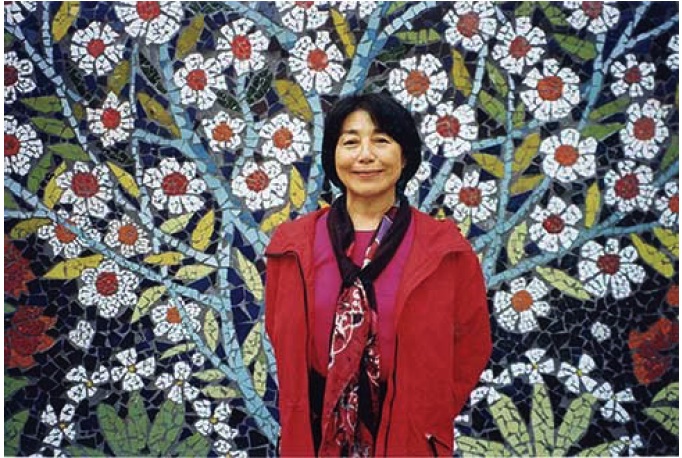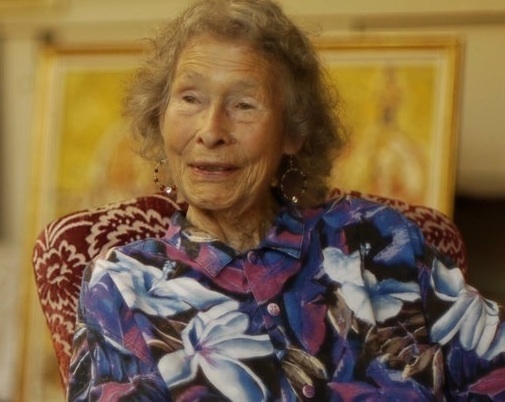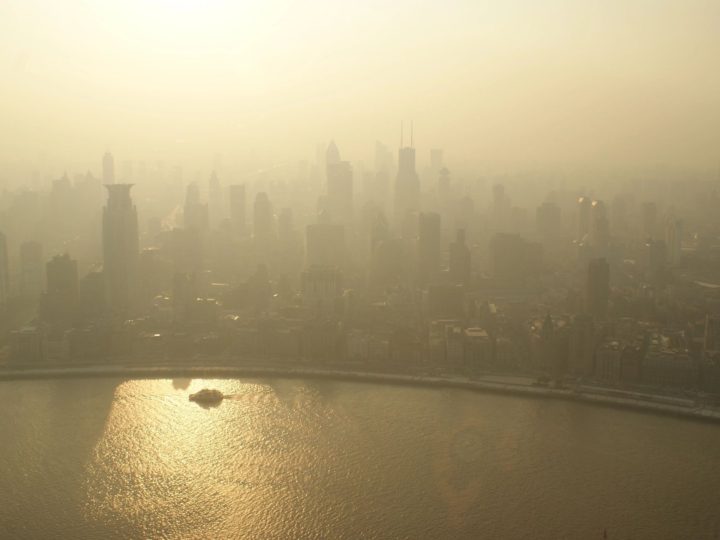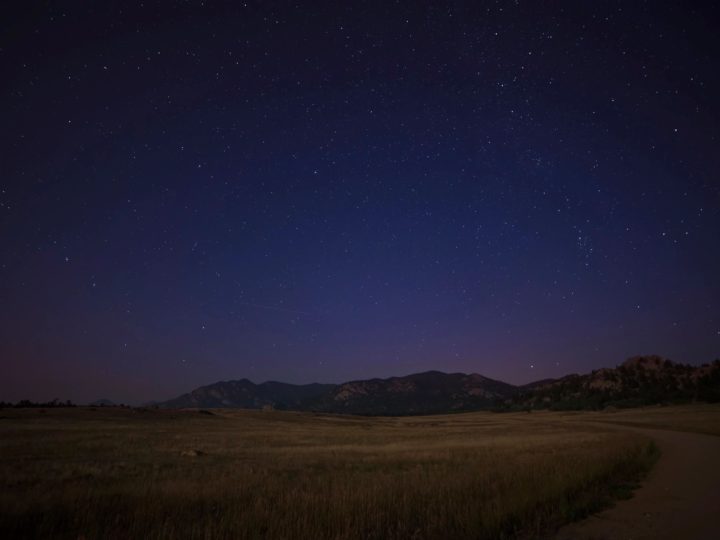
Once, several years ago, I visited a surprising oasis in the heart of an urban desert in North Philadelphia. Amidst miles of dilapidated houses, littered streets, graffiti and rubbish, there stood a narrow, three-story house whose modest door announced, “The Village of the Arts and Humanities.” The center of this oasis was a three-block cluster of parks, community gardens, educational facilities, art workshops and offices that served thousands of low-income people.
Beyond the village, a large pile of debris, mud and weeds was testimony to what had been there before. Everywhere, workers were transforming the rubble into vegetable and flower gardens, into walls and benches. They were also rehabilitating gutted houses into new habitats, almost Moorish in feeling, some decorated with murals. All were now lived in. Up the street, I could see that the entire exterior of a teaching building was covered by a three-story mural with an outdoor stage at its foot.
This rehabilitated house contained an attractive office and a long rectangular area for teaching the arts, drama, poetry, as well as reading and writing. Children from about six to 12 years of age were discussing and acting out some animal characters, perhaps practicing for one of the many upcoming performances on the outdoor stage.
Behind this building sat a large park with paths, flower gardens and a courtyard area with strange upright figures splendidly tiled in mosaic. In the shade of the building people were playing chess, and others were trundling wheelbarrows. One man was laying mosaic tiles into a design on one of the freshly plastered houses. He was chipping out and forming the first colored shapes for the mural from a great rectangle of colored clay, which had been fired in the village kiln.
His name was James “Big Man” Maxton, and he showed me his master mosaic, “Angel Alley,” designed by Lily Yeh. In a wide alleyway between two of the closed-off streets stood a wall of 15-foot-high angels confronting that whole bleak area with colorful African splendor. It was this work which had transformed him from a drug dealer to an incomparable artisan.
When Big Man’s mother died, he was so shocked that he cleared himself of heroin and took many of the things she had loved—old dishes and glasses, photos and frames—and broke them into pieces. Then he cemented them onto a pylon as a monument in her honor and offered his services to his transformational mentor Lily Yeh.
Who was Lily Yeh, this human guardian angel, the founder, the extraordinary spirit behind this transformation of urban blight? She was and still is a quiet and beautiful woman, filled with an intensity of light that easily flows from her to everyone around her. Daughter of a Chinese general under Chiang Kai -shek, she was born in China, brought up in Taiwan, and has lived in the United States for more than 30 years. As an artist, she has earned many awards and scholarships.
How did she start in this place of seeming hopelessness? She said, “I was so scared, I wanted to leave. But then I thought: If I don’t do this, some light in me dies. I stayed.”
And so, with a $2,000 grant from the Pennsylvania Council of the Arts, Lily started her work in an area recommended by a dancer friend. She began by picking up trash in an empty lot. The first local man to ask what she was up to was Joseph Williams, or Jojo. “Making a place of beauty,” she answered. Jojo was silent for a while. Then he said, “I’ll go get the children.” So he rounded them up and, out of the rubble, they created the first courtyard and, as joyful sentinels, made concrete trees covered with mosaics of broken glass and dishes. Then, pathways were constructed and the first flowers planted. Her work crew was from age three-and-a-half to 13-years-old. Some of the kids dubbed her, “that crazy Chinese lady.” That was in 1988-1989.
About the Author:
Adele Seronde is a painter, poet and community activist. Born into a family of artists, Seronde lived and worked in Massachusetts and Maine, where she raised her five children. In 1982, her immediate family moved to Arizona, where some of her children, greats, and great-great grandchildren also live.
Seronde has exhibited for 60 years in Boston, and on the East coast, in Sedona and Phoenix, Arizona, and in Florence Italy. For 40 years, her work has been on display at the Wingspread Gallery in Northeast Harbor, Maine. She is represented in many private and public collections, and in the Phillips Museum in Washington. Adele Seronde has created or contributed to 6 books of poetry, and published Our Sacred Garden: the Living Earth in 2011, and is now working on another book, Pegasus, a Life-Force with Wings for Education.
As an activist, she was co-director of Visual Arts for Summerthing– Boston’s Neighborhood Art Program (which she helped design) from 1968-1971; President of the Christian Herter Center for Environmental Arts (located in the old Institute of Contemporary Arts on the Charles River) from 1973-1979. After Adele and her family moved west, Seronde co-founded and was president of a non-profit organization called, “Gardens for Humanity”, located in Sedona, Arizona. She is currently free to paint and is undertaking performance poetry while continuing her literary career.
Adele Seronde may be reached at: [email protected]
Facebook: www.facebook.com/adele.seronde?fref=ts





